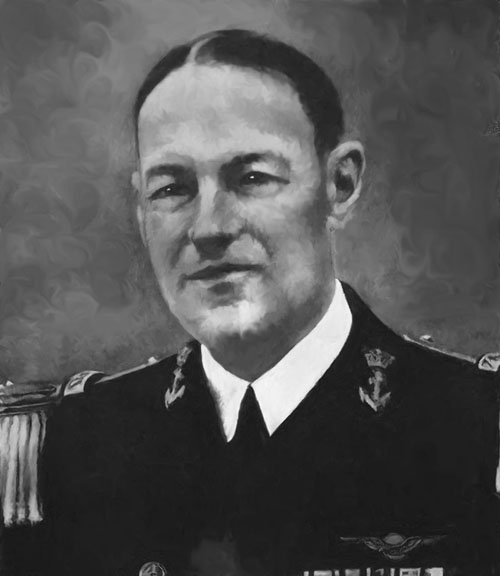FEB 2024 is the 82nd anniversary of this event. It seems appropriate to try to put this ‘battle’ into perspective. IMHO it was less a battle than a debacle.
Since nothing happens in a vacuum, we must first put this into the larger perspective of the defense of the Dutch East-Indies. By mid-FEB, many of the hundreds of islands of the DEI had already fallen into Japanese hands. Fleets of transport ships were being assembled in Borneo and Singapore for the invasion of the primary island of Java that contained the capital city of Batavia (now Jakarta). The primary defense of these islands fell to the Dutch Colonial Army called the KNIL. However, as opposed to an army this organization was more of a para-military national police force. They had little chance in countering an invasion. They were under-manned, under-equipped and under-trained. They consisted of a mix of a cadre of European Dutch nationals leading mixed-blooded Dutch citizens and local native conscripts.
The Allied Commanders in the Pacific understood the threat that losing Java would pose both to bolstering the Japanese position and access to resources as well the direct threat to Australia. But by and large their hands were tied. The British were literally fighting for their lives in Malaya and Singapore. The Australians were in the process of withdrawing troops from the Middle East and North Africa to enhance their own defense. To their credit they came to the aid of the Dutch but re-routing ships to Java. But this actually resulted in chaos as ships arrive carrying troops but their equipment on other ships went elsewhere. For its part, the US sent a few hundred troops from Australia.
A new command structure was formed in early 1942 to plan for the defense of Java. It consisted of Australian, British, Dutch and American senior officers and was named ABDACOM. As it turned out the only thing ABDACOM successfully carried out was the evacuation of those senior officers to Australia!

With that as the background, Dutch RAMD Karl Doorman assembled a flotilla of ships from these nations. Assembled is a kind word, he took whatever was available! With 5 cruisers and 7 destroyers he set sail on the morning of 27 FEB. Reconnaissance aircraft had noted the departure of an invasion fleet from Borneo. His objective was to interdict it. He had no hope in hell of ever doing so! These crews had never trained together and had vastly different tactics. Doorman spoke no English so communication was an issue. Orders were slow to be translated and encoded.
To the east of their invasion main fleet, the IJN positioned a small screening force. Throughout the day, Doorman’s ships essentially sailed in circles trying to avoid the dozens (hundreds?) of Long Lance torpedoes fired by the IJN destroyers. Doorman’s ships rarely even caught sight of the enemy ships and when they did their armaments were completely ineffective. The USS HOUSTON had the only 8-inch guns. All the other cruisers had 6-inch. Nothing on the destroyers was capable of bring effective fire on the IJN.
One by one, Doorman lost ships; mainly to torpedoes, one to a mine. As evening approached the destroyers were running low on fuel and were ordered back to Surabaya. From aboard his flag ship the HNLMS DeRuyter, Doorman ordered the two other cruisers to sail west to the port at Batavia. Almost immediately thereafter the DeRuyter was sunk with all hands. And so ended the debacle of the Java Sea!
[see section 42 below]
